This robot could turn Martian ice into drinking water for future astronauts
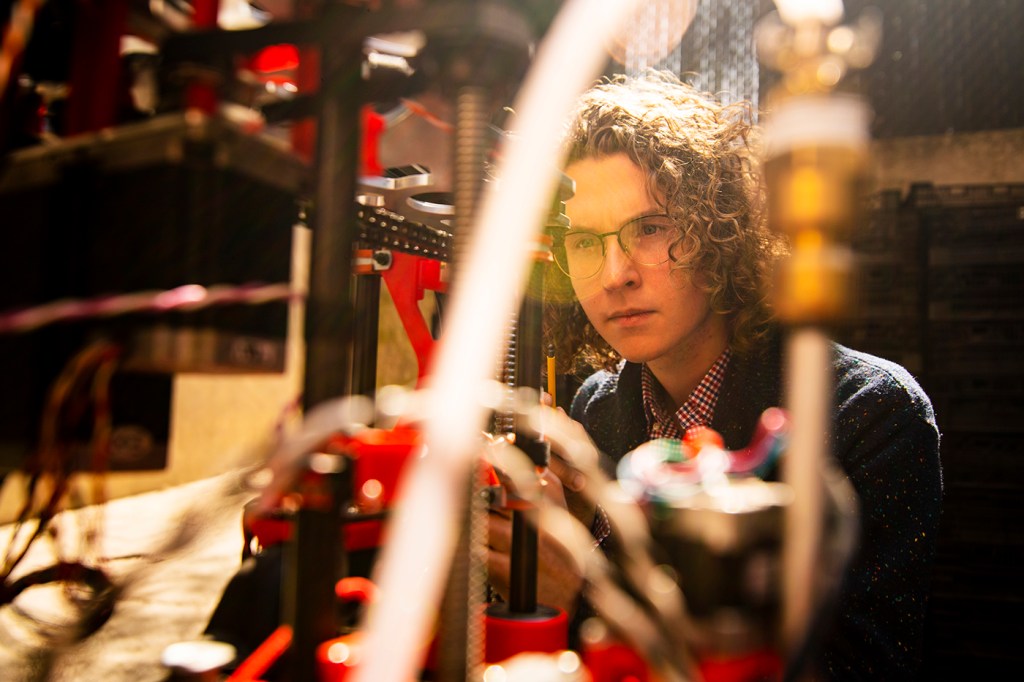
If humans are to ever set foot on Mars and live to tell the tale, they’re going to need water (among other essentials, of course). But almost all of the H2O on the surface of the Red Planet is frozen, and most of that ice is found at the polar regions which are too cold and too dark for astronauts to land there.
In the more temperate areas, NASA has detected water ice buried beneath Mars’ dusty surface. Extracting, melting, and purifying that H2O to make it potable will likely take specialized tools. So the space agency has invited teams of university-level engineering students to design and build prototypes that could accomplish that goal.
A team of Northeastern undergraduate engineering students have built a robot to tackle that challenge. Their device, called PARSEC (Percussive And Rotary Surveying & Extracting Carousel), won the RISE award for innovation at this year’s Research, Innovation, Scholarship, and Entrepreneurship Expo.
“It’s been an amazing project that just keeps giving,” says Sam Hibbard, a third-year mechanical engineering student and the team lead on the project since 2019. “When we were announced as one of the RISE awards, it was a huge moment.”

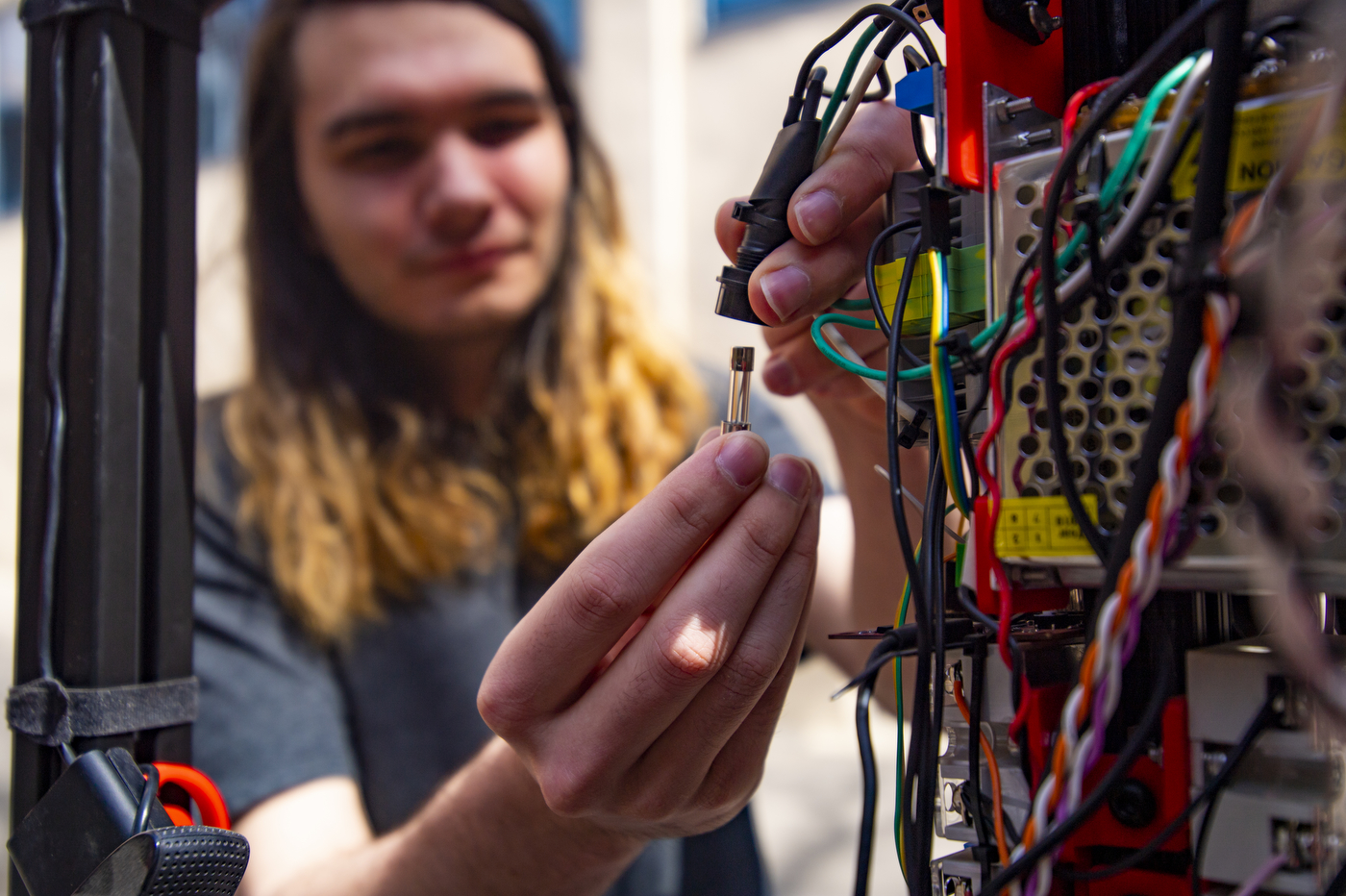
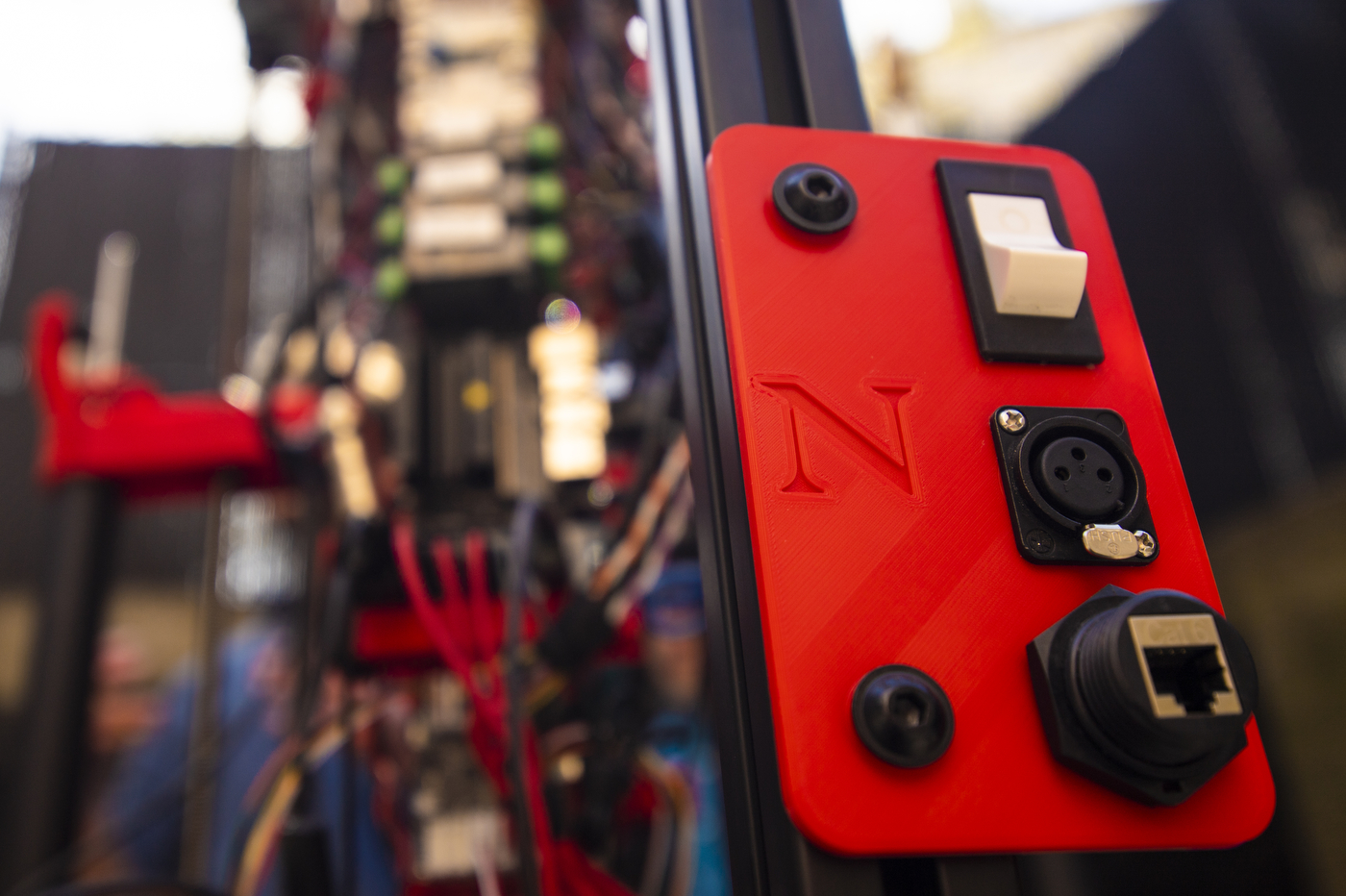

The team previously took PARSEC to compete against other university teams in a NASA challenge as part of the agency’s Revolutionary Aerospace Systems Concepts–Academic Linkages (RASC-AL) program. In the timed challenge, the robot had to extract water from ice beneath some Mars-like regolith—the layer of dirt, dust, sand, stones, and other rocky materials that make up the terrestrial surface of the planet.
NASA chooses to solve some hard problems by “mobilizing a team of undergrads, a team of makers,” says Taskin Padir, director of the Institute for Experiential Robotics and associate professor of electrical and computer engineering at Northeastern, and faculty adviser for the project. “Undergraduates really think outside the box. Not all of the solutions will be part of the end solution that will be deployed. However, nuggets from each project” might be included.
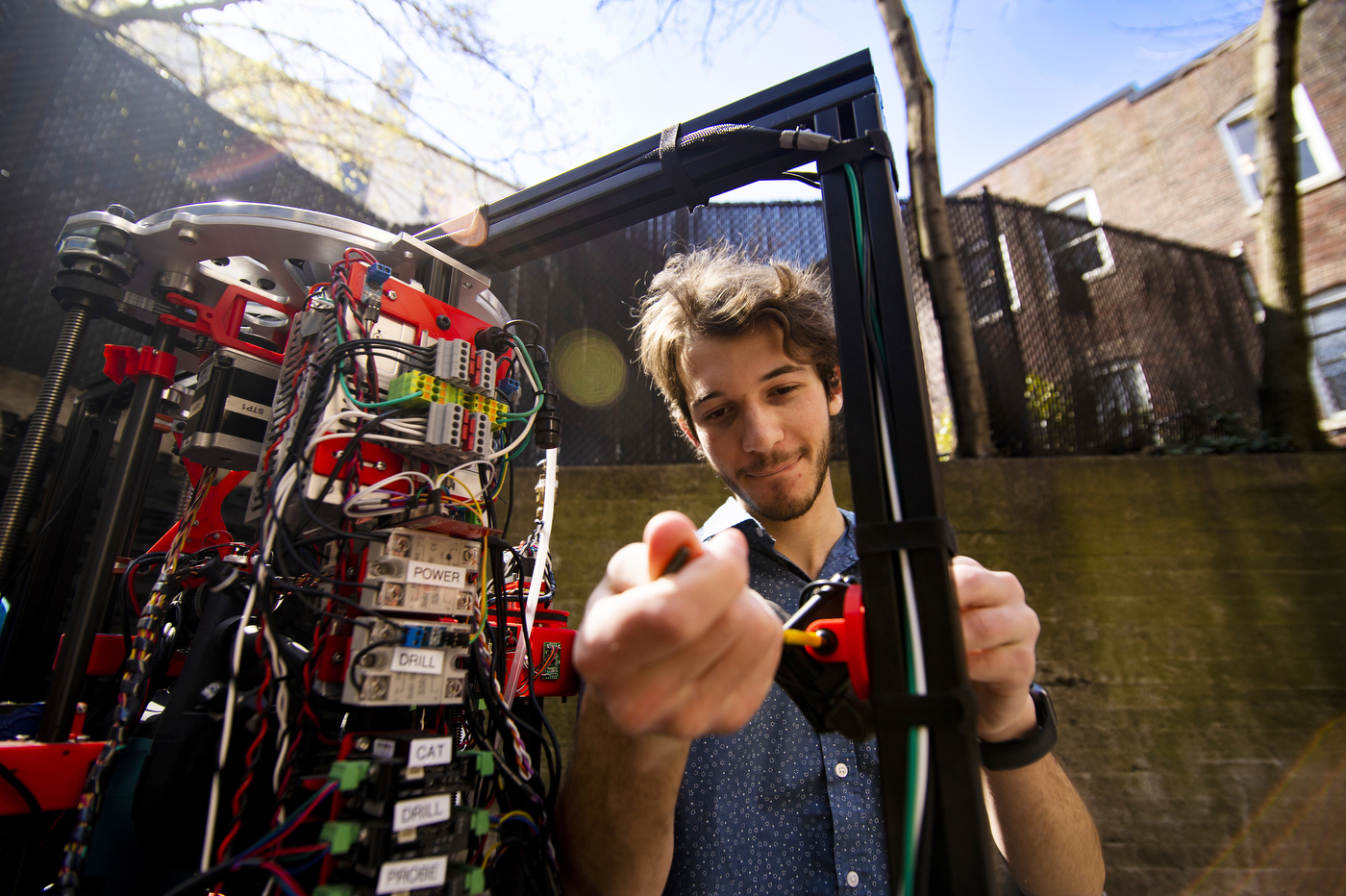
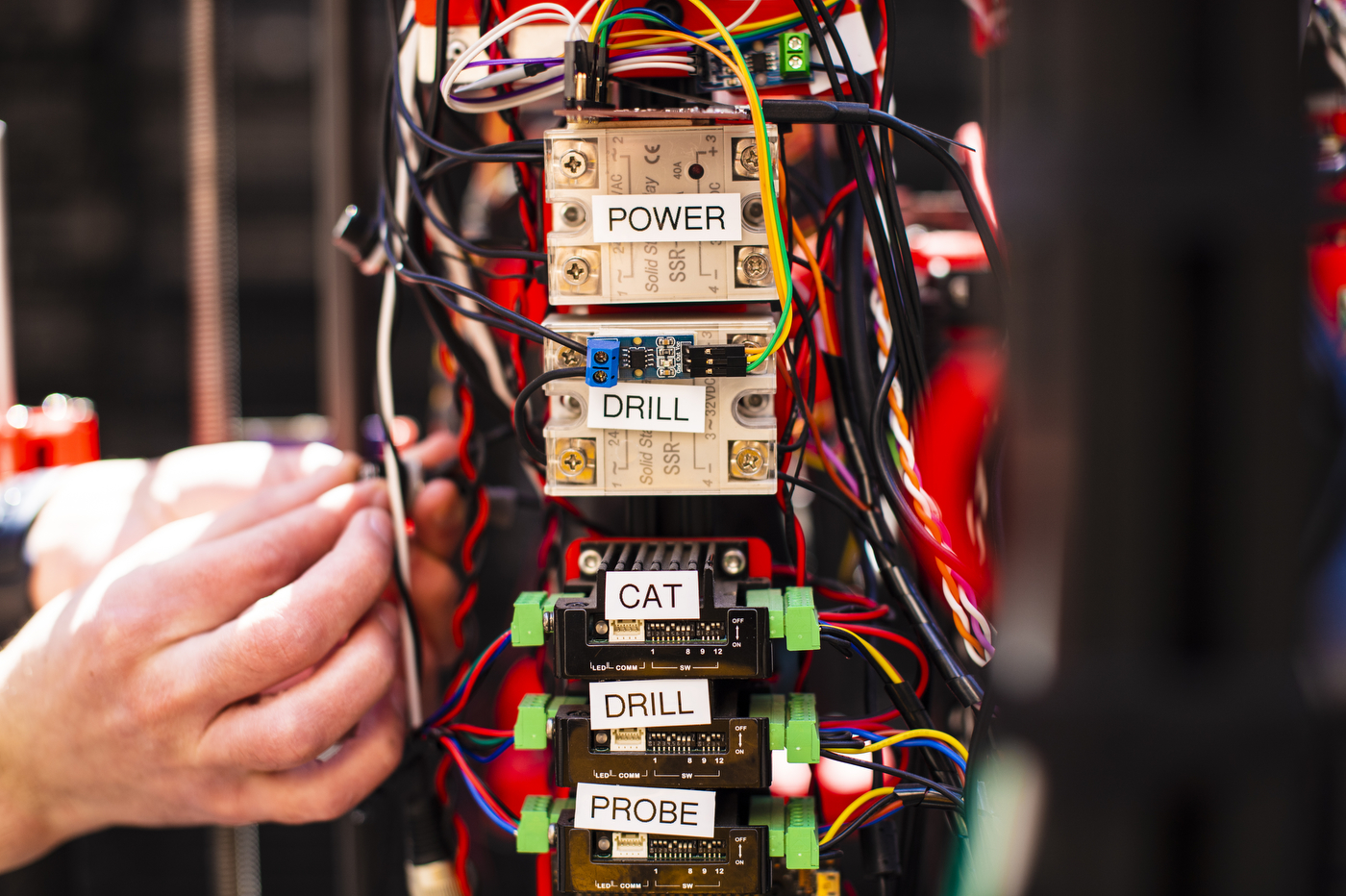
PARSEC operates in stages mounted on a turntable. First, the robot drills a hole through the rocky layer and into the ice. After learning from previous Northeastern teams to join the challenge, the engineering students build their system to both spin as it drills into the material and to use a percussive, pounding motion.
“We previously made a robot that only does the percussive motion. As soon as that hit this material called aircrete [concrete with air bubbles in it], it couldn’t break through the surface, and we couldn’t collect any water at that competition,” says Ethan Holand, a third-year mechanical engineering student and the mechanical lead on the project.
The two different motions can handle a broad variety of types of materials, Holand says. For harder materials like stone and concrete, the percussive motion can pound it into bits. The spinning motion works to excavate those smaller pieces, as well as softer and looser materials like soil and sand.
Once the robot has made a hole down into the ice, then the melting tool can be inserted. That tool is essentially a really hot probe. The team designed it to be able to rotate out and spin around in the ice to create a sort of bowl full of recently melted water.
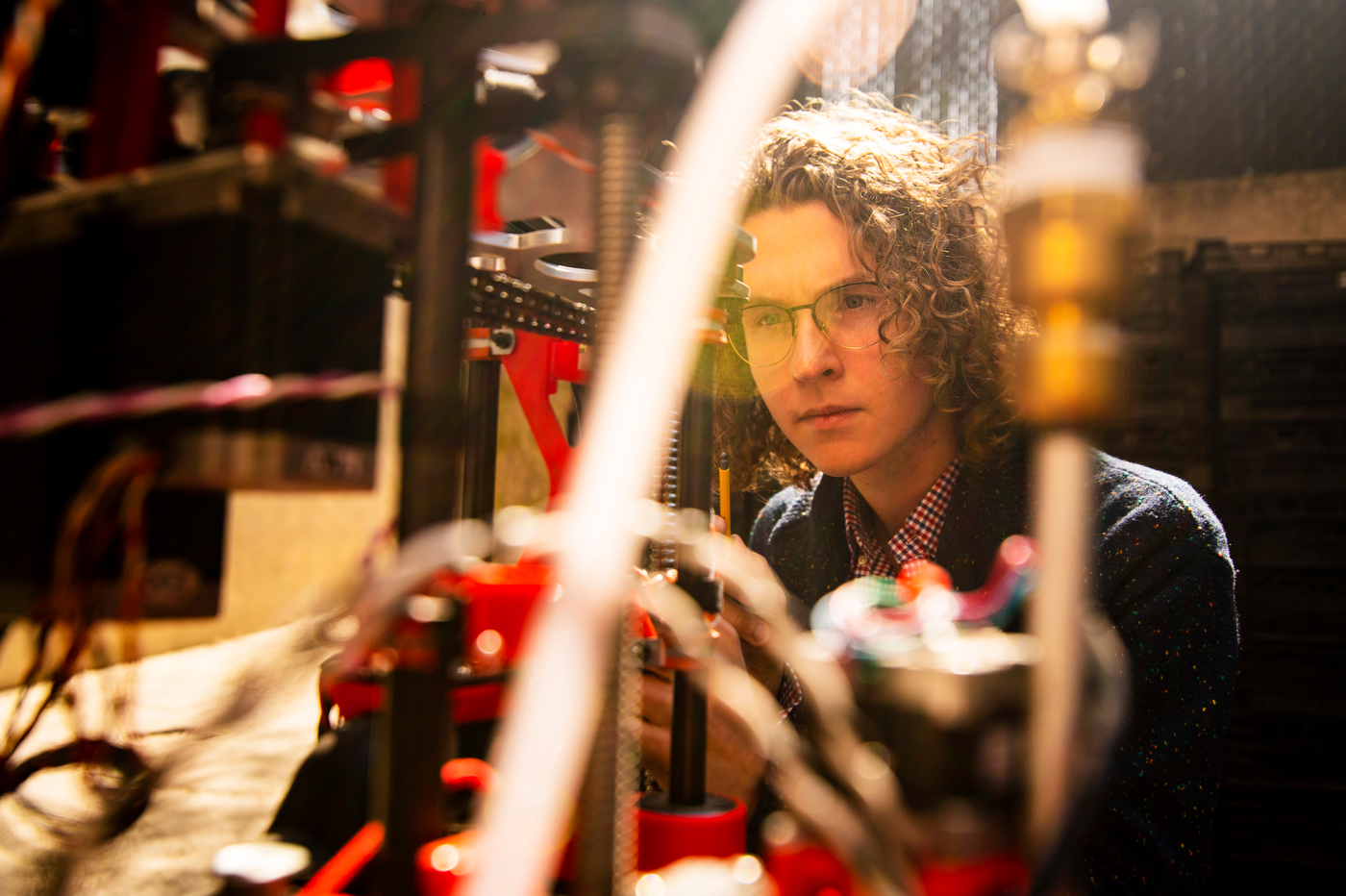

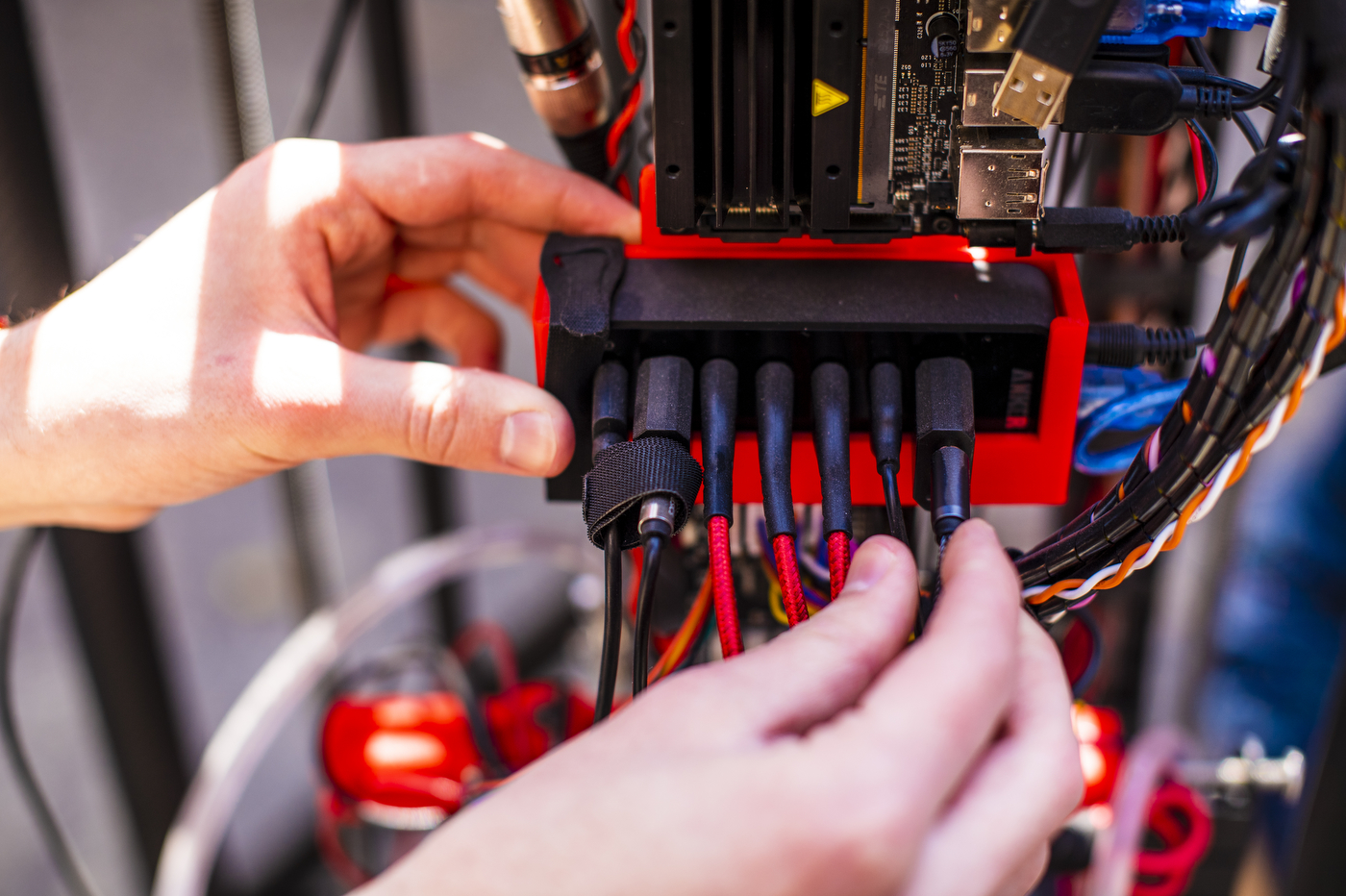
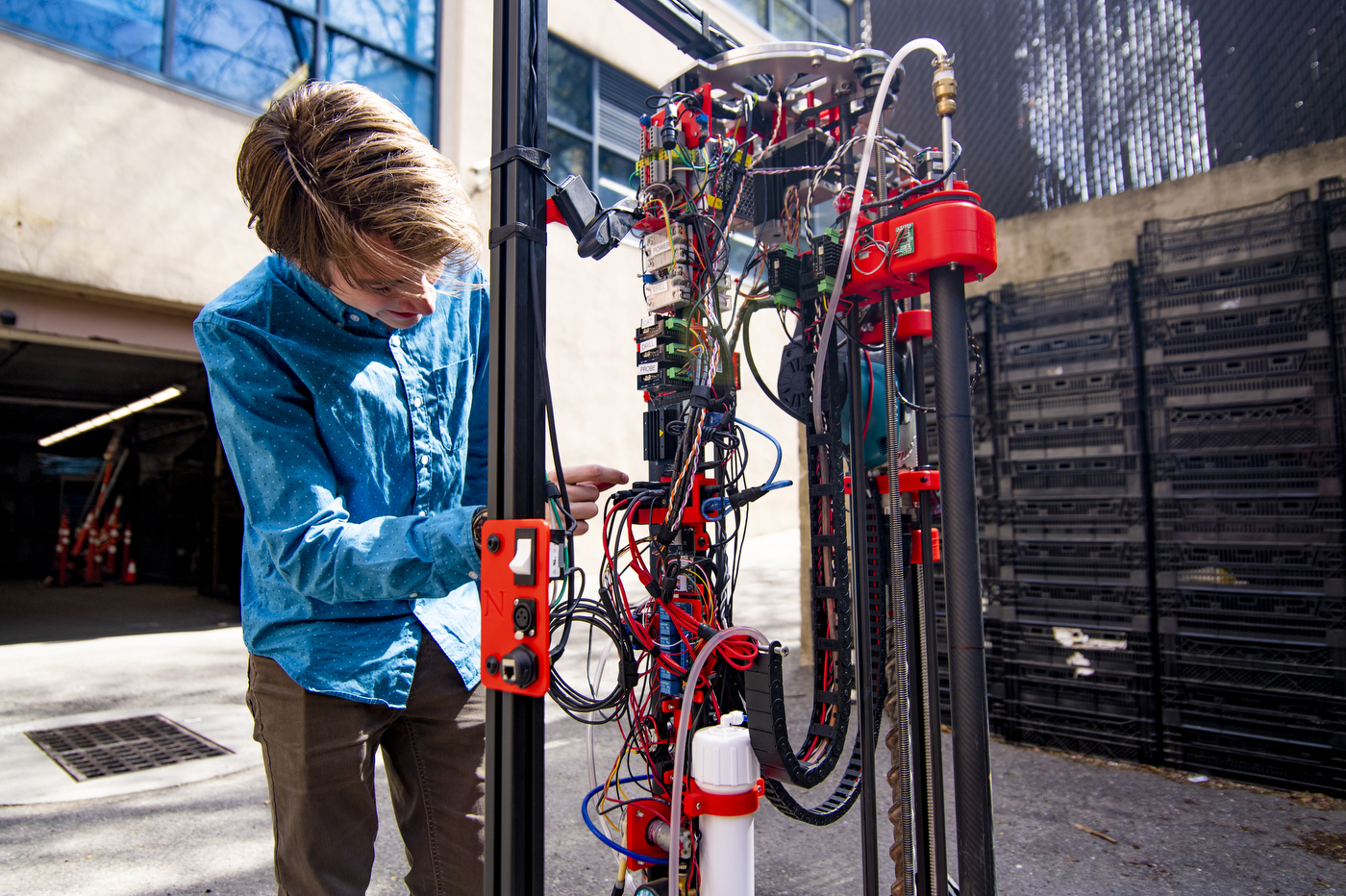
Attached to the heating probe is a tube that can suck out the liquid that collects in the bottom of the ice bowl. The water is pumped into a multistep filtration system. It first flows through a custom-built mesh system to sift out the sediment from the water—and the team found that a lot of sediment can be carried in the water, Hibbard says. It actually caused some clogs in the NASA competition, but the team has some ideas about how to prevent that in future iterations of the robot.
After the sediment is removed from the water, it goes into a reverse osmosis system to purify it and make it safe for humans to drink.
Systems lead and third-year electrical engineering student Jarrod Homer tasted it when the team was building the robot, having used plant soil as the regolith over ice. It meets the tap water requirement, he says, adding that it tasted like “mineral infused-water.”
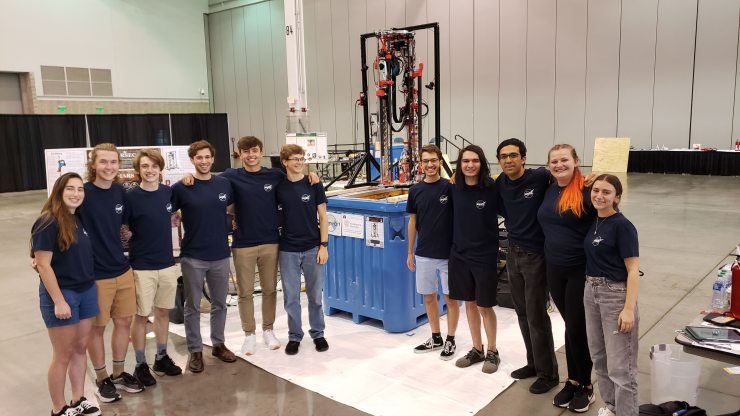
The system doesn’t just deal with water. While PARSEC drills down through the dirt and rocks, it’s also designed to detect what kinds of material it’s encountering. To do that, the software team designed the system to use machine learning to rank materials by hardness as a way of identifying the difference between, say, sand and rock. The algorithm is fed information from sensors on the drill and microphones mounted on the system.
This approach worked well when the team was testing it before the competition, says Jack Wilkins, digital core lead on the project and a third-year computer science and physics student. But machine learning is only as good as the data available for it to train on, and the material at the NASA competition was different enough from the material the team used during testing that the system did not perform as well.
That could be a problem if the robot makes it to the Red Planet, Wilkins says, “because you have no clue what the Martian surface is like.” So the team proposed that the next iteration of the robot use an approach that clusters materials by likeness rather than label it outright.
This robot wasn’t just built on Northeastern’s Boston campus. The students worked from their bedrooms and garages at home when classes were remote, their dorm rooms and apartments when in-person learning returned, and hotel rooms during the competition to put the final touches on the robot.
“This team worked through the blues of the COVID-era,” Padir says. “They really pushed hard to not only solve the technical challenges of building the system, but also the logistical challenges [of the pandemic].”
For media inquiries, please contact media@northeastern.edu.





